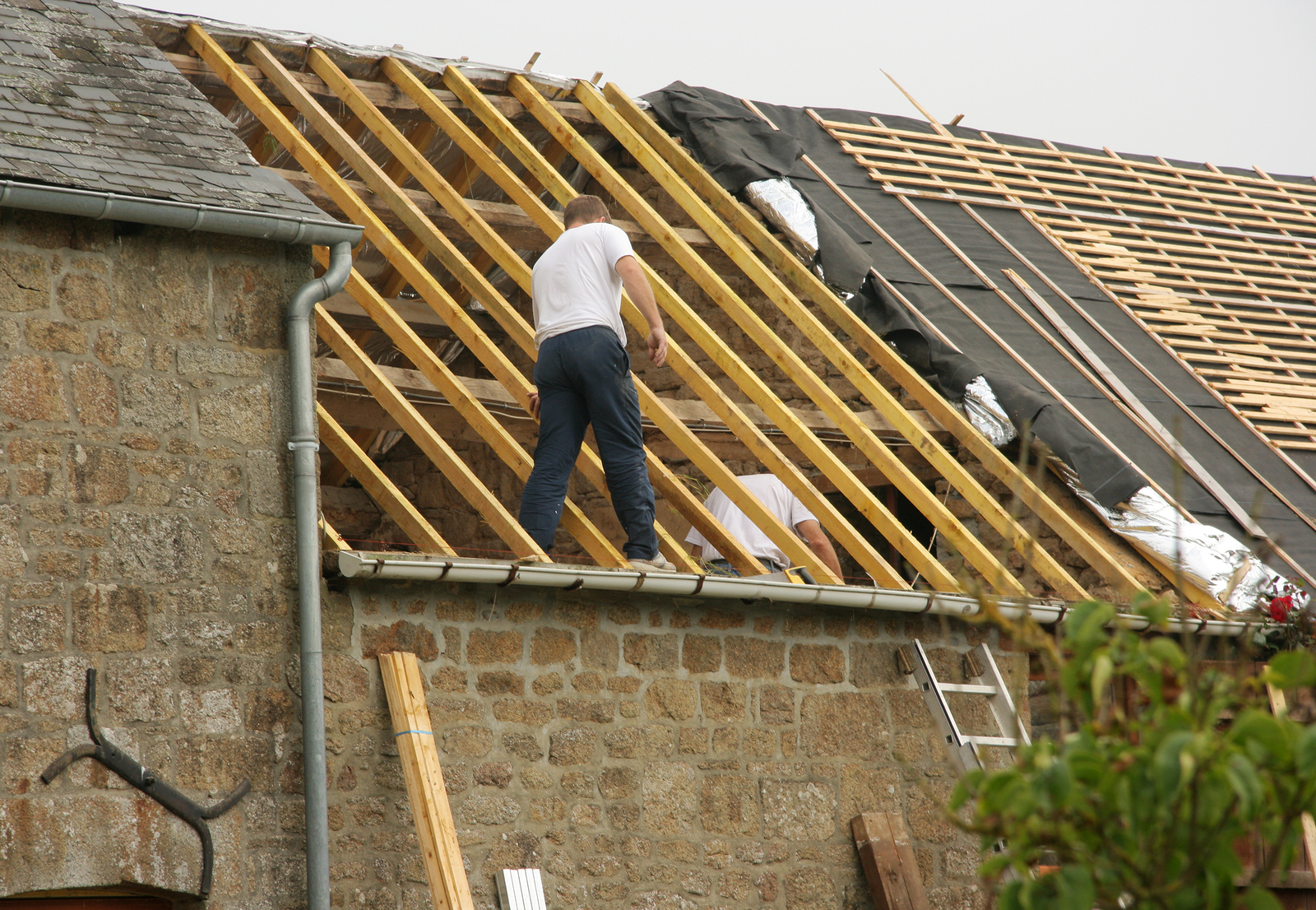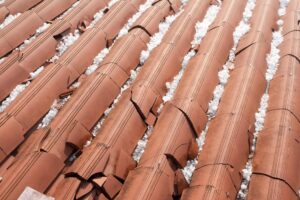
Roof repairs can seem daunting, but handling minor issues early can prevent costly damage down the line. Small leaks, cracked shingles, and minor wear and tear can be addressed with basic tools and a careful approach. Knowing how to manage these repairs can extend the life of your roof and keep your home protected from the elements.
Identifying Common Roof Problems
Before attempting any repairs, it is essential to inspect the roof for potential issues. Signs of minor roof damage include missing or cracked shingles, water stains on ceilings, moss or algae growth, and small leaks during rainstorms. Checking gutters for granules from shingles can also indicate wear. It is best to perform an inspection on a dry day to ensure safety and clear visibility.
Preparing for the Repair
Once the issue is identified, gathering the right tools and materials is the next step. Basic roof repair requires roofing cement, replacement shingles, a utility knife, a pry bar, a hammer, roofing nails, and a ladder. Safety is a priority, so wearing non-slip shoes and using a harness if working on a steep roof can prevent accidents.
Weather conditions play a crucial role in roof repair. Working on a dry, mild day reduces the risk of slipping and ensures that materials like roofing cement adhere properly.
Fixing a Leaky Roof
Even a small leak can lead to significant damage if left unchecked. Locating the source of a leak can be challenging, as water may travel from the entry point before appearing as a stain. Checking the attic for wet insulation, water stains, or mold growth can help pinpoint the problem area.
If the leak comes from a damaged shingle, it can be replaced by carefully lifting the surrounding shingles and removing the nails securing the broken piece. A new shingle is then slid into place, nailed down, and sealed with roofing cement. For minor leaks around flashing or vents, applying roofing sealant to the gaps can provide a quick fix.
Replacing Damaged or Missing Shingles
Shingles protect the roof from moisture and weather damage, so replacing any that are cracked, curled, or missing is essential. The repair process begins by loosening the adhesive on the damaged shingle with a pry bar and removing the nails. A new shingle is then positioned in place and secured with nails before sealing the edges with roofing cement.
Ensuring that shingles lay flat is important to prevent wind from lifting them. Applying a small amount of adhesive under curled edges can help secure older shingles that are still intact but slightly lifted.
Repairing Flashing Around Chimneys and Vents
 Flashing is a thin metal material used around chimneys, vents, and skylights to prevent water intrusion. Over time, flashing can loosen or develop small gaps. Inspecting these areas and resealing any small cracks with roofing sealant can prevent water from seeping in.
Flashing is a thin metal material used around chimneys, vents, and skylights to prevent water intrusion. Over time, flashing can loosen or develop small gaps. Inspecting these areas and resealing any small cracks with roofing sealant can prevent water from seeping in.
If flashing is severely damaged or rusted, replacing it may be necessary. This involves removing the old flashing carefully, cutting a new piece to fit, and securing it in place with roofing nails and sealant. Properly installed flashing ensures water runs off instead of seeping into the structure.
Cleaning and Maintaining Gutters
Clogged gutters can lead to water pooling on the roof, which increases the risk of leaks and damage. Keeping gutters clear of debris allows rainwater to flow freely away from the home. Regularly checking and cleaning gutters, especially after storms, prevents overflow that can weaken the roof’s edges.
Ensuring that gutters are securely attached is equally important. Loose or sagging gutters can be fixed by tightening screws or brackets. Downspouts should also direct water away from the foundation to prevent erosion and basement flooding.
When to Call a Professional
While many minor roof repairs can be handled with basic tools, some issues require professional expertise. If the damage covers a large area, involves structural components, or if there is uncertainty about the repair process, seeking professional help is the safest option.
Climbing onto a roof carries inherent risks, and if the slope is too steep or the roof is in poor condition, hiring an experienced roofer is recommended. Investing in expert repairs ensures that problems are addressed correctly and reduces the risk of further damage.

 Hail can vary in size, from small pellets to large chunks of ice capable of causing severe destruction. Even seemingly minor damage can weaken surfaces over time, leading to more significant issues if left unattended. Vehicles often suffer dents, cracked windshields, or chipped paint, while homes may experience roof damage, broken windows, or compromised siding. These damages not only affect the appearance of your property but also impact its structural integrity.
Hail can vary in size, from small pellets to large chunks of ice capable of causing severe destruction. Even seemingly minor damage can weaken surfaces over time, leading to more significant issues if left unattended. Vehicles often suffer dents, cracked windshields, or chipped paint, while homes may experience roof damage, broken windows, or compromised siding. These damages not only affect the appearance of your property but also impact its structural integrity. For vehicle repairs, paintless dent repair (PDR) is a popular option. This method involves removing dents without repainting the affected area, preserving the original factory finish. PDR is cost-effective, efficient, and widely used for hail damage repairs.
For vehicle repairs, paintless dent repair (PDR) is a popular option. This method involves removing dents without repainting the affected area, preserving the original factory finish. PDR is cost-effective, efficient, and widely used for hail damage repairs.